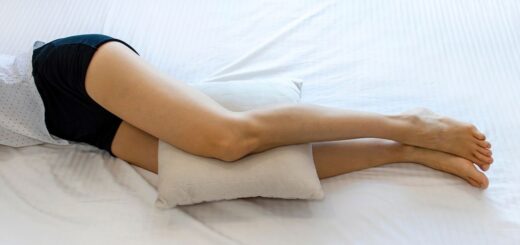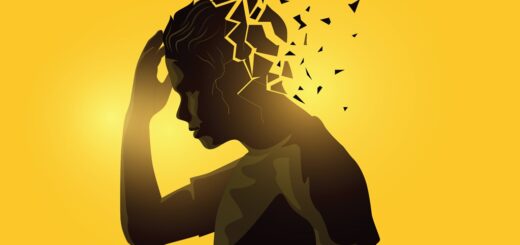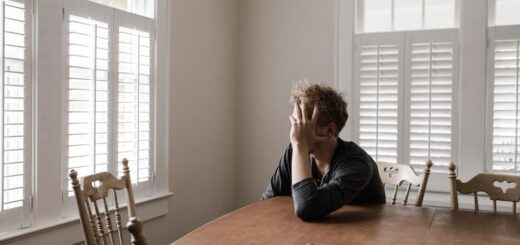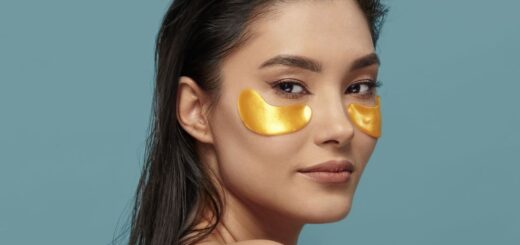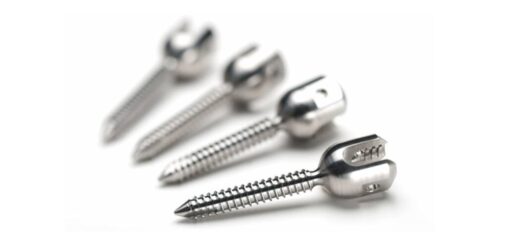How to cure anxiety?
To cure anxiety and psychological treatment especially cognitive behavioral therapy, they are very effective results. The cognitive-behavioral therapy consists of two components. The first component, cognitive therapy, is one of the most common treatments for treating anxiety. It is based on the idea that our thoughts are to respond with behavior and negative feelings to events and situations (often not an event that causes discomfort, but the interpretation we make of certain event).
The goal of cognitive therapy is to help us identify the unnecessary beliefs and thought patterns that are often automatic, negative and irrational, and replace them with more positive patterns and make us think critically and rationally with the problem.
The second component of the cognitive behavioral therapy involves changing behaviors that are associated with anxiety, such as avoidance (escape something) or restlessness. Methods to treat anxiety are applied learning relaxation techniques and induced changes to the way certain situations are managed by us.
Other treatments used to address and treat anxiety include medication and lifestyle changes such as increased exercise, dietary changes and reduction of caffeine and other exciting foods.
Advice on how to cure anxiety and manage it…
Identify stress
The first step in managing and treating anxiety is to identify the specific situations that make us stressed or anxious and when we have problems coping. One way to do this is to keep a diary of symptoms and write what happens to us when there is a state of anxiety. It also useful to identify any thoughts that worry us more than others, and how to find a way to neutralize the specific issue of concern.
We all have an ability to handle stressful events more than they sometimes imagine. Identified the specific situation that causes anxiety, problem-solving is a useful technique to treat anxiety and then the malaise that afflicts us. The problem-solving (troubleshooting) involves the following steps:
- Identify the problem. After identifying situations that contribute to our anxiety attacks, we note the problem and we try to be very precise in his description, including what happens to us, where, how, with whom, why, and what we would like to change.
- We try to draw as many options as possible to resolve the issue. Consider the odds of success that these options can help us solve the problem.
- We select the option that we consider most appropriate.
- We develop a plan to test the chosen option and try to achieve it.
- If the option chosen and realized we do not get results, let us remember that we have other options to use.
- Let’s go back to the list and then select the next preferred option.
Breathing exercises to cure anxiety
When they get those damn anxiety attacks, we begin to breathe more quickly. This rapid breathing leads us to have some unpleasant feelings, such as dizziness and mental confusion. Learning a breathing technique to slow breathing can often relieve symptoms and help us think more clearly.
The following breathing technique is very simple, slows breathing and reduces symptoms of anxiety. As soon as we feel our breathing becomes more labored, we apply these three rules at once:
- We breathe in through your nose and count three seconds and saying: “IN, two, three.”
- Always we breathe through the nose, and once again we count to three, saying: “Relax, two, three.”
- We continue to repeat the exercise for two or three minutes and then breathe normally. Our breath will come back more regularly!
This breathing technique can be used to slow the breathing whenever we feel an anxious state at any place and without anyone else noticing.
Relaxation techniques to treat anxiety
When we feel anxious most of the time there’s no way to succeed to relax. Knowing how to release muscle tension is an important treatment to cure anxiety. We will have a general feeling of calm, both physical and mental. Learning a relaxation technique and its regular practice, it can help us to maintain a level of anxiety easier to manage. You can help to a psychologist or our martial arts teacher to let us teach relaxation techniques, or there are many ways to learn how to be self-taught videos, CD, books.
Management Thought
Exercises on management thinking are useful when we are troubled by continuous or recurrent distressing thoughts. There is a wide range of management techniques of thought. For example, gently distract using pleasant thoughts can help to divert attention from thoughts fatal. Alternatively, we can learn the “technical knowledge” to redirect attention away from negative thoughts to positive ones. A simple technique is “the substitution of thought” or using coping strategies. We develop a set of instructions that contrast troubling thoughts. We replace the disturbing thoughts of making self-reassuring statements. The choice of technique of management thinking depend on the type of anxiety.
Change lifestyle to begin treating anxiety
- We take part in an enjoyable daily activity: It does not have to be anything super challenging or expensive, just a little things we like to do and will be a first step to distract us from the worries.
- Increase exercise: Regular exercise helps to reduce anxiety by providing a way to eliminate the stress that has accumulated in our body.
- Reduce intake of caffeine: Caffeine is a stimulant and one of its side effects is to keep us alert and perhaps a little too cute! It also produces the same physiological response of excitement that is activated when we are under stress. Less caffeine less reason to turn us into anxious available.
- Reduce your intake of alcohol: Alcohol is often used (unfortunately) to help deal with stress, anxiety and depression. But once past the effect of anesthesia we at the mercy of major depression and anxiety attacks.
- Improve the ability of time management: Make sure we have planned some time to rest and to find things to do in your spare time! You have to be realistic, the day is done 48 hours therefore, we lower the rhythms and resign ourselves to live sometimes with calm!





